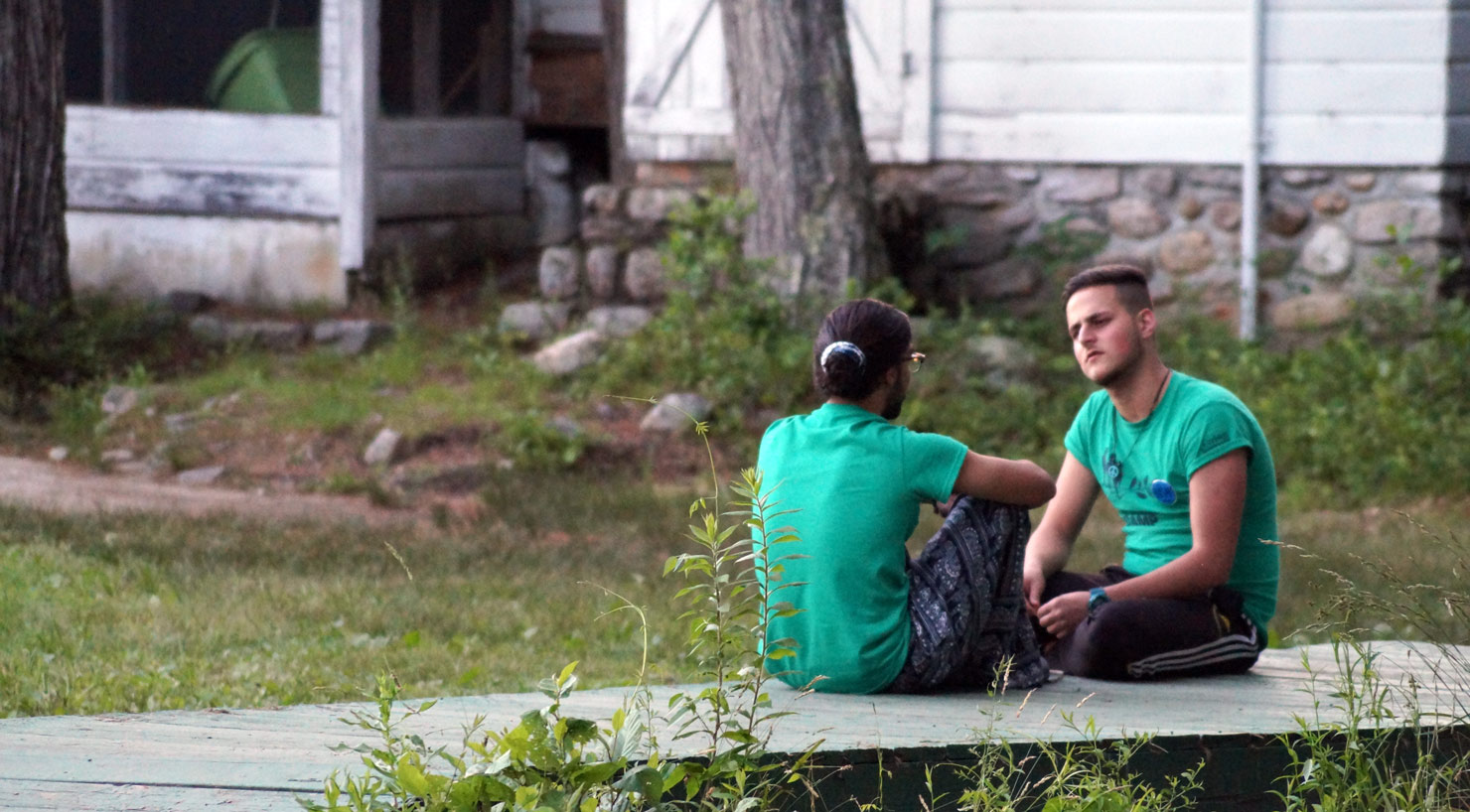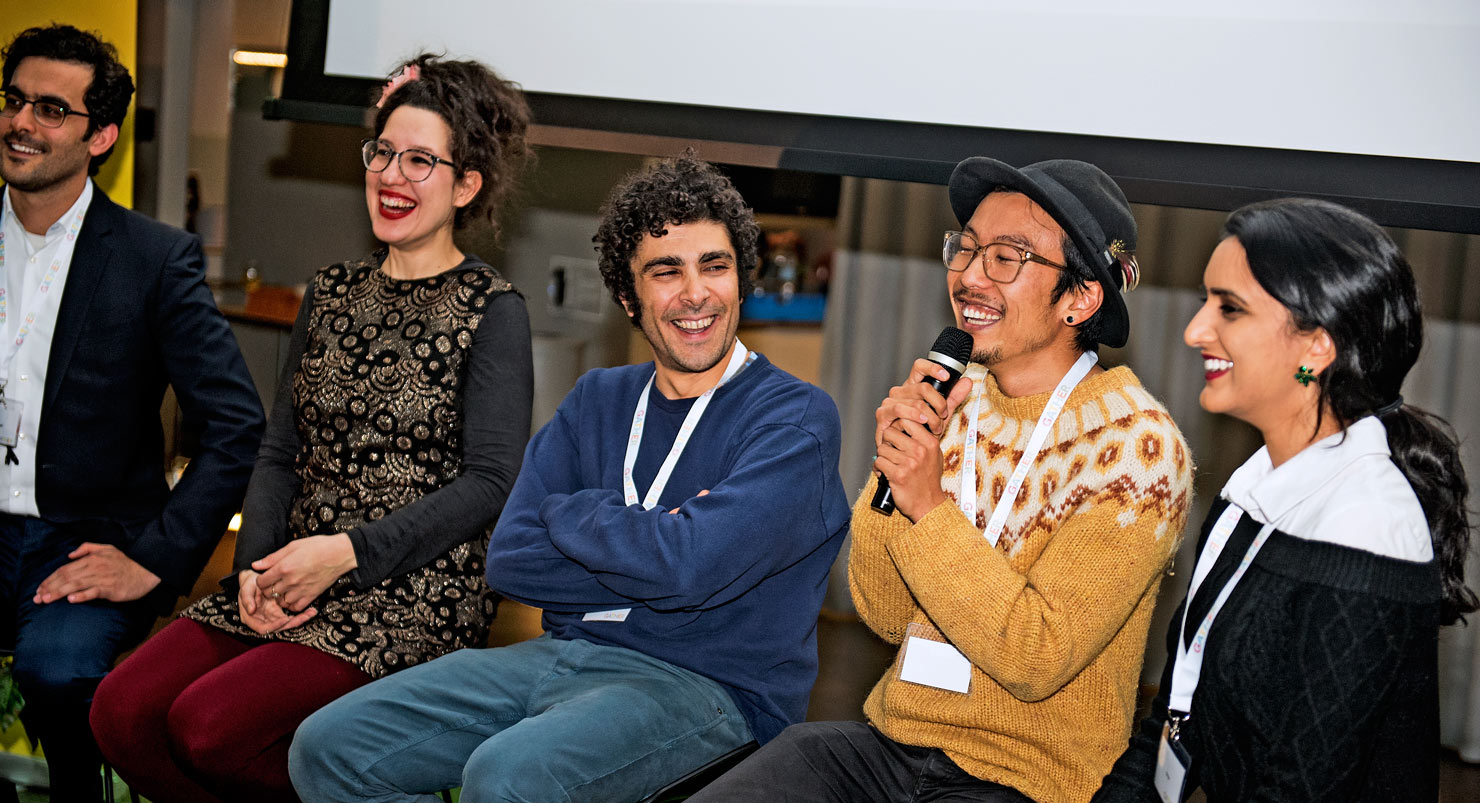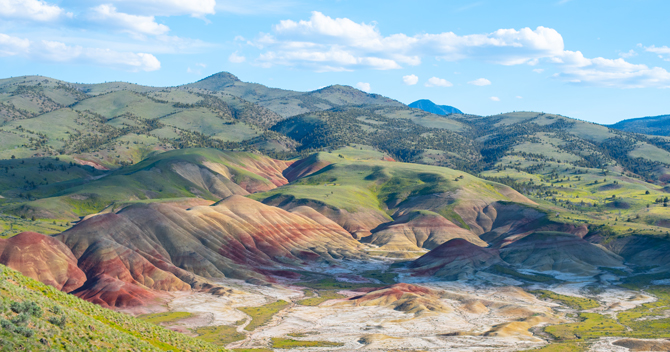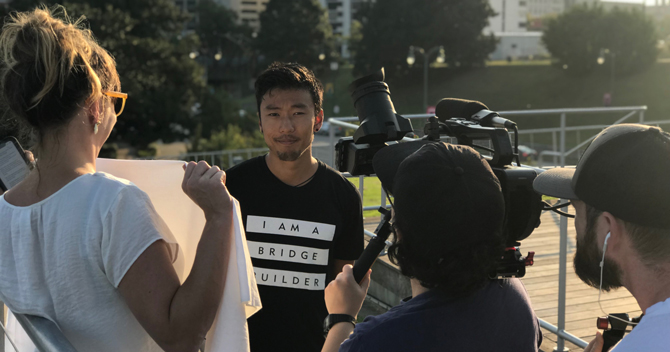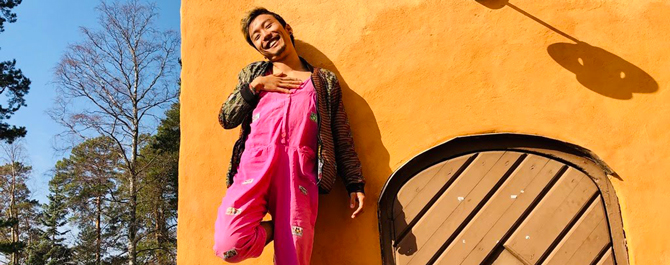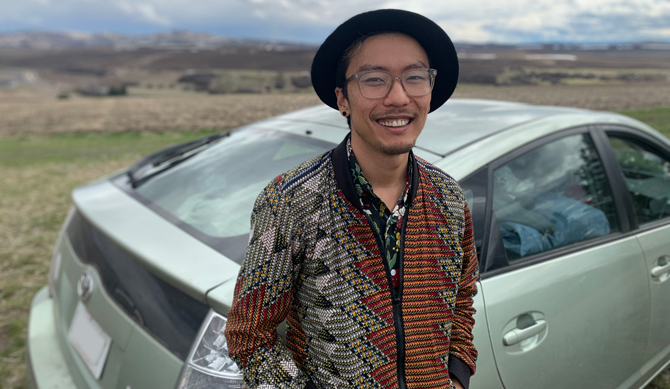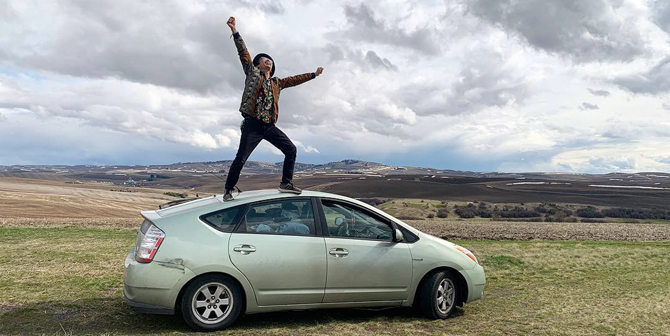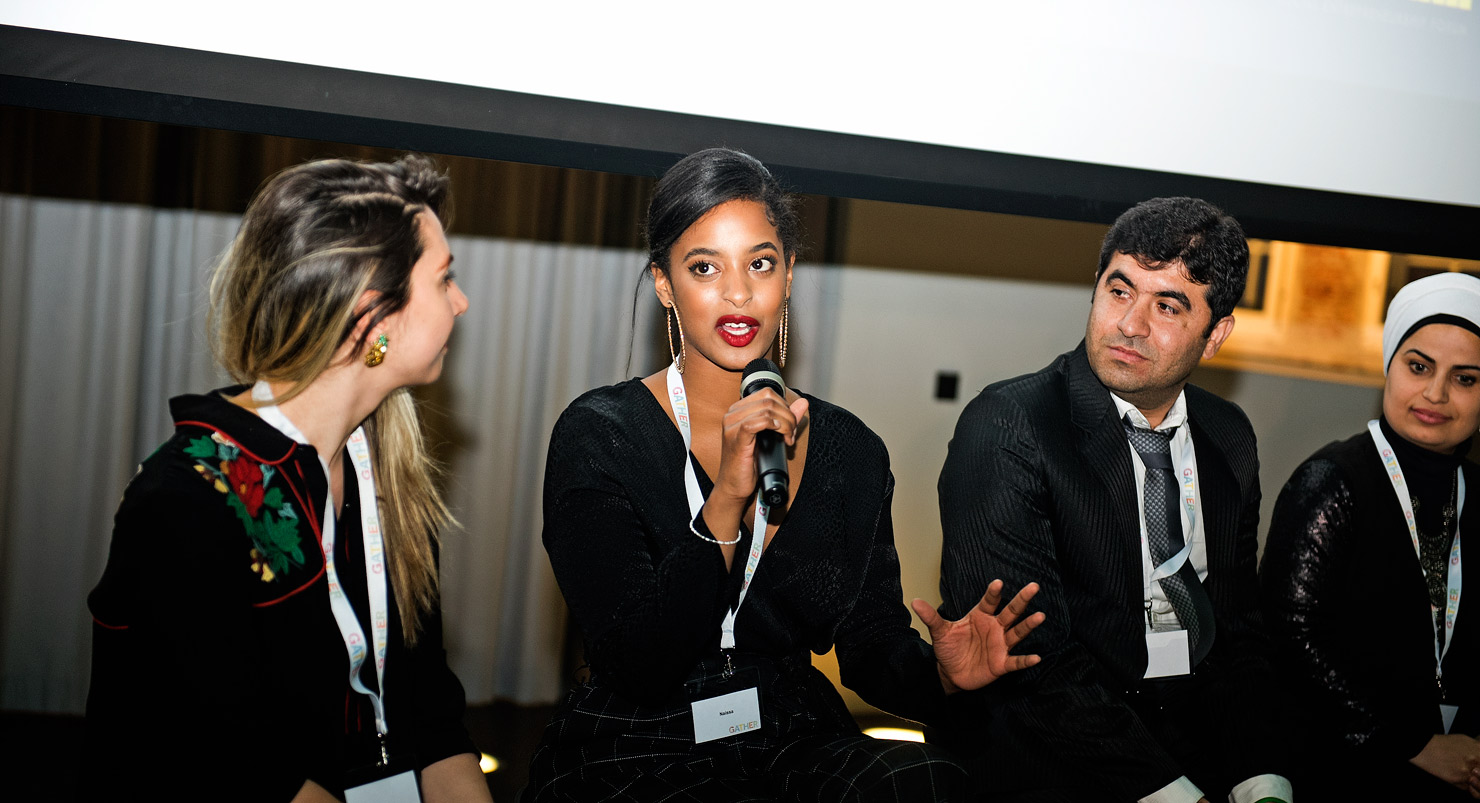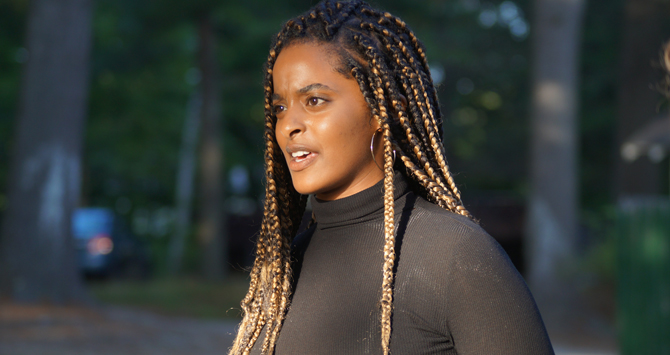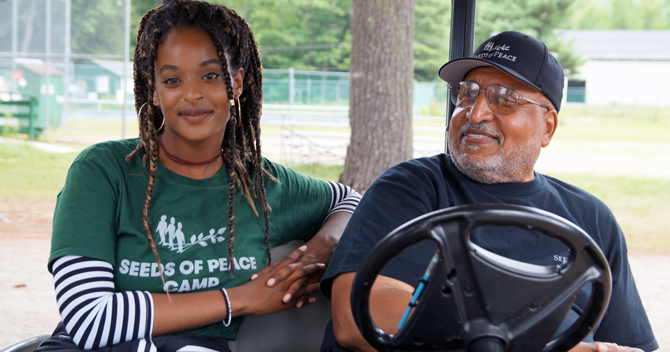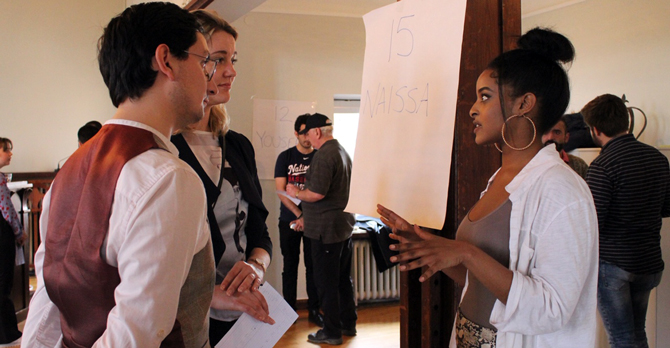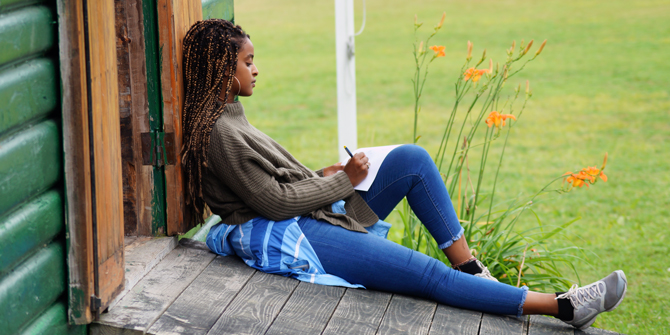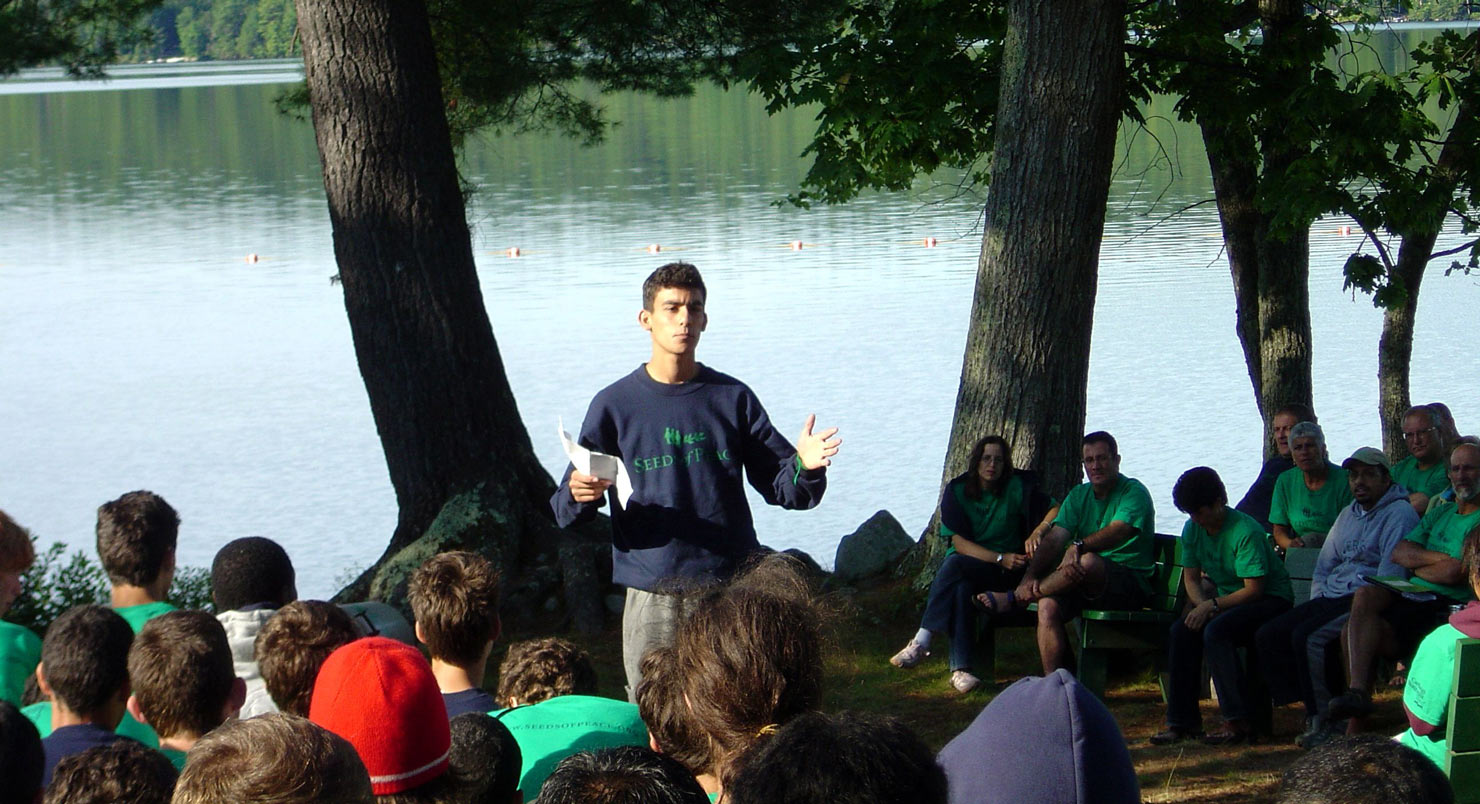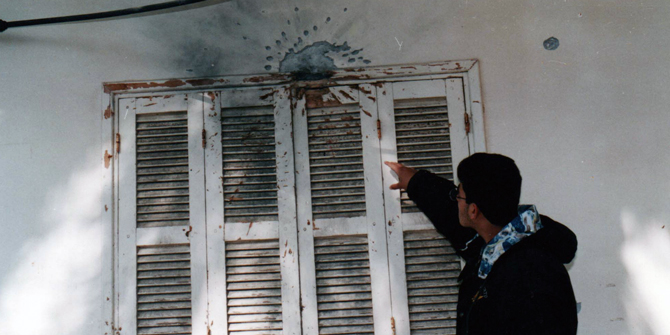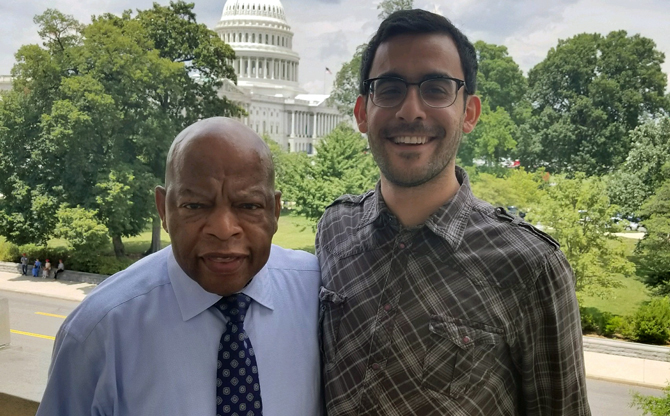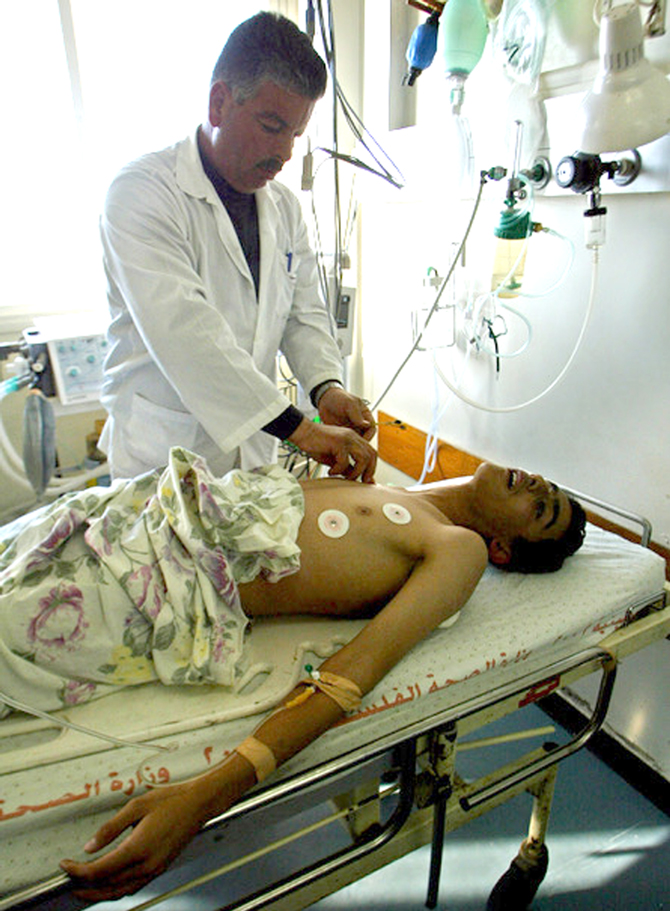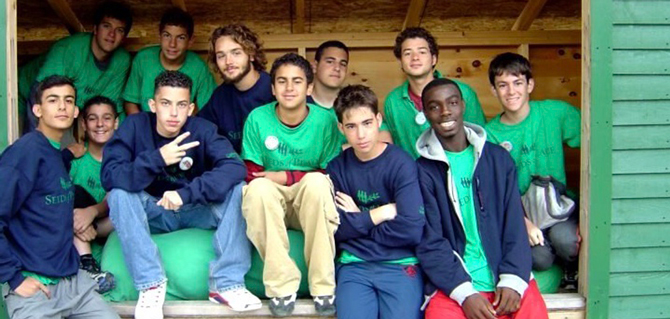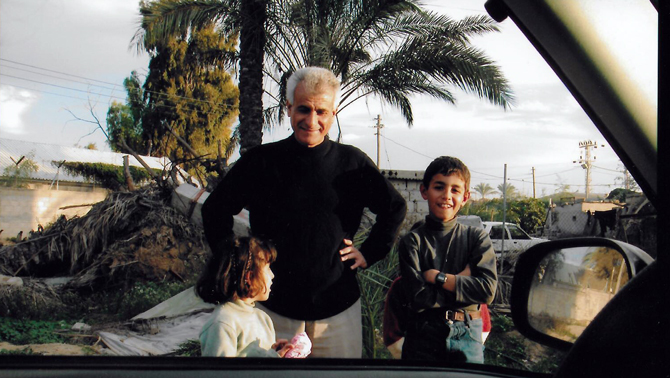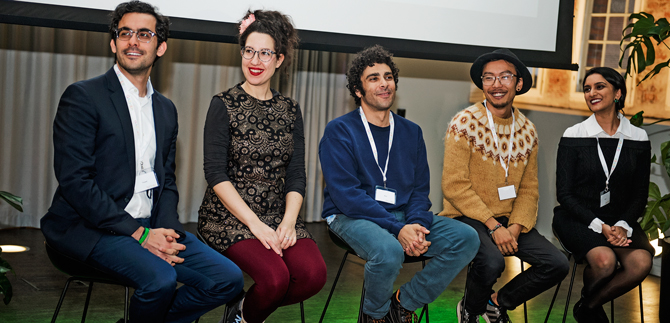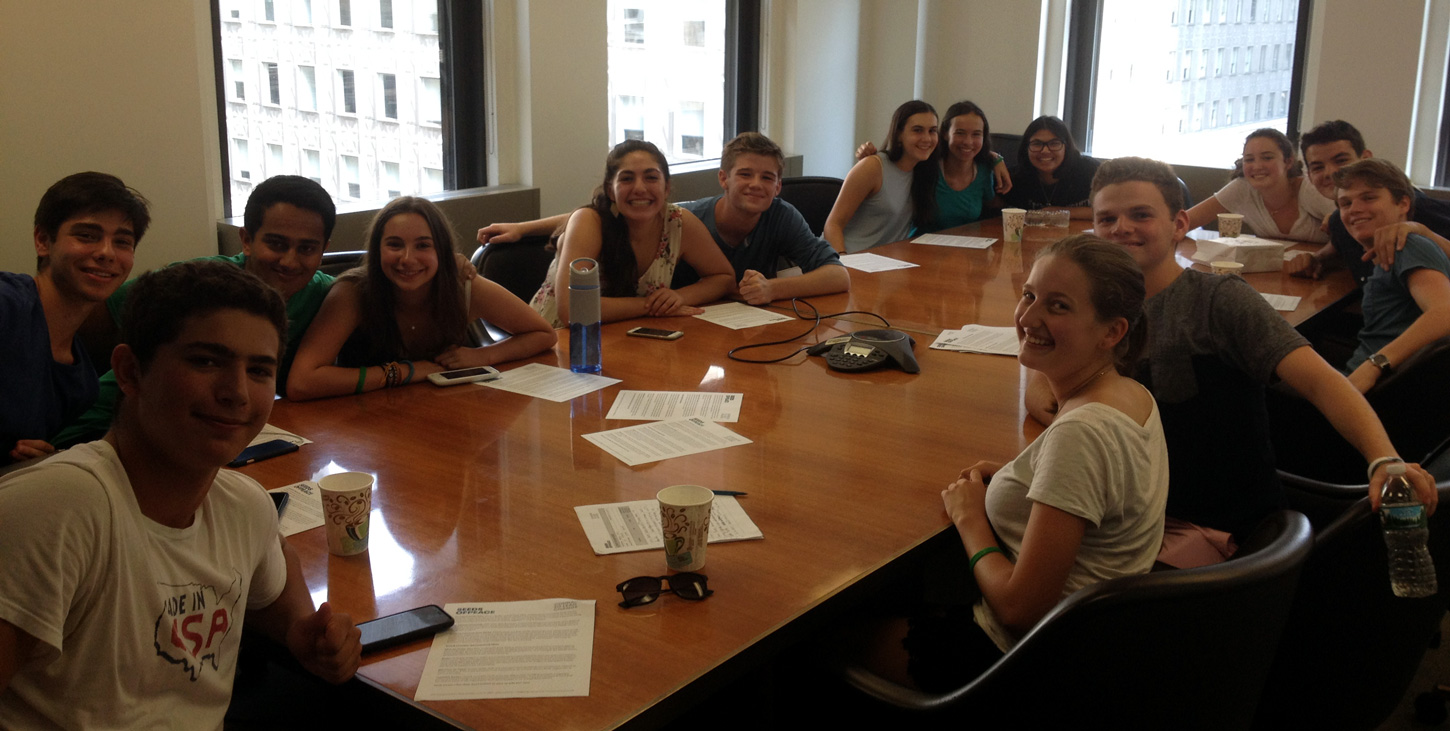This is the first in a new series that takes Dialogue lessons beyond Camp and applies them to the conversations that happen around school, work, or the dinner table. It’s Dialogue In Real Life.
Perhaps it was the offhand remark about a political rivalry, a joke about the past that reopened a wound, or a casual comment on oversalting a homemade dinner. Sometimes it’s difficult to pinpoint the exact moment when things go sour, but we’ve all been there—when a mild conversation suddenly reaches the boiling point before we even knew the temperature was rising.
Though often uncomfortable, when we face conflict head on and work through differences we can strengthen our relationships. It is a tenet that make the Seeds of Peace Camp dialogue sessions so effective for bringing together people from across lines of conflict, and with a little practice, it can also work for disagreements in our personal and professional lives, too.
As Seeds of Peace facilitators Greg Barker and Eliza O’Neil are well versed in the art of navigating conflict. Here are a few tools they use in and outside of dialogue sessions to get careening conversations back on productive paths.
1. Restate and check for understanding. When a conversation gets heated, it can feel like things are speeding up, and we inevitably say things that we don’t mean, or that aren’t as nuanced or empathetic as they could have been. By restating what the other person said and checking for understanding, you can 1) slow down the conversation and give everyone a chance to take a breath, 2) let the other person know that you are really listening to what they are saying, 3) give them a chance to correct a misunderstanding, realize how hurtful their words sounded, or confirm the statement.
Examples: “What I heard is this. I just want to make sure that’s what you meant.” Or when a situation is extra sensitive, “Can I repeat to you what you just said so I can make sure I heard you correctly?”
2. Ask the obvious questions. We often hold assumptions about people we know, especially family and those we’ve had relationships with for many years. You may think that you know why a person feels a certain way about something, but giving them the chance to say it themselves might reveal information that one, or both, of you didn’t realize before.
Try one of these: “Can you tell me more about why this issue matters to you?” “Why do you think you’ve come to believe that?” “What’s at the core of the issue for you?” “How do you know that’s true?” “How did we get here? I thought things were going O.K.”
3. Look for common ground, and push from there. Once you’ve asked the obvious questions to better understand what the other person is truly concerned about, look for the good in what they’re saying; you’re likely to find something on which you both can agree, and once you have that common ground, it’s easier to move forward with a meaningful conversation. For example, if asking Aunt Alice why she is so passionate about gun rights reveals that she is concerned about safety, you can probably both agree that safety is important. From there, you can ground your disagreement in that shared belief, which makes the disagreement more manageable. It is likely easier to have a conversation with Aunt Alice about why guns make her feel safe and why they make you feel unsafe (or vice versa) than whether guns should exist or not.
4. Speak from your experiences. Facts and figures rarely carry as much weight as personal stories. Telling someone why something matters to you or sharing an experience that informed your outlook takes the conversation from a hardened position of facts and figures, to a more vulnerable place where they can empathize with you. If you’re looking to persuade someone of a perspective that relies entirely on facts, it can be dismissed with two words: “fake news.” It’s a lot harder, however, to argue with or to dismiss a personal experience or feeling.
Example: “This is important to me because this thing happened to me/a friend I care about.”
5. Know when to step away—and when to not step in at all. We all have limits, or personal boundaries, that, once crossed, can leave us in a place where we can no longer continue with effective discourse. If it feels like you’re reaching a point where you’re losing your ability to hear the humanity in what the other person is saying, you’re wasting everyone’s time. It’s O.K. to step away when this happens, but if there’s still potential for a healthy discussion and you have a desire to press on, name the unwelcome behavior and give conditions to come back.
Example: “I want to have this conversation, but I can’t do it when I’m being yelled at. Can we take a break and come back in a few hours and see if we’re ready to try again?”
Also keep in mind that it takes mutual agency to make a conversation work. If you’re in a mindset where neither of you can have an effective conversation, save it for another day. And if you fear for your safety, remove yourself from that situation as quickly as possible.
Got a question for our facilitators? Send it to dialogueIRL@seedsofpeace.org.


